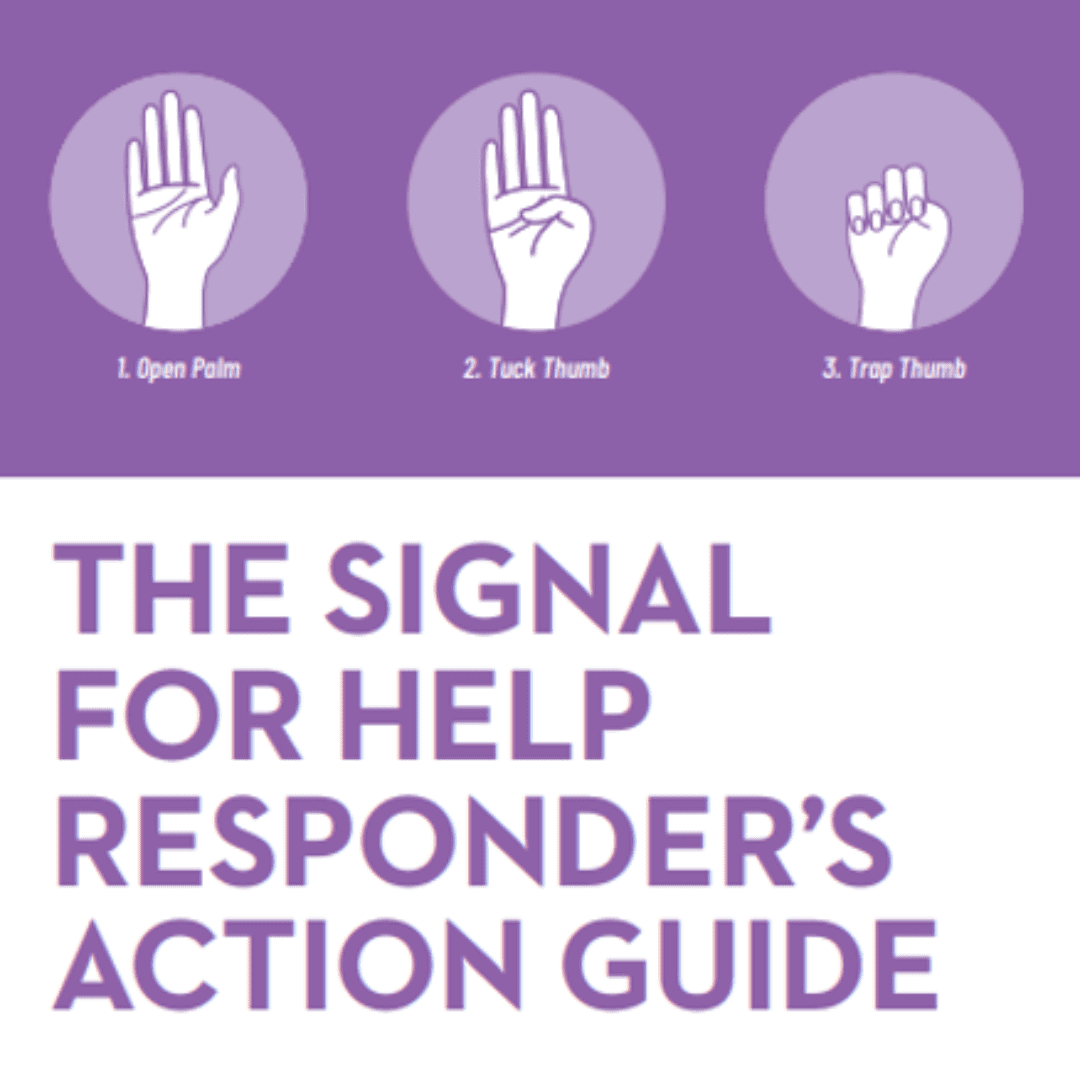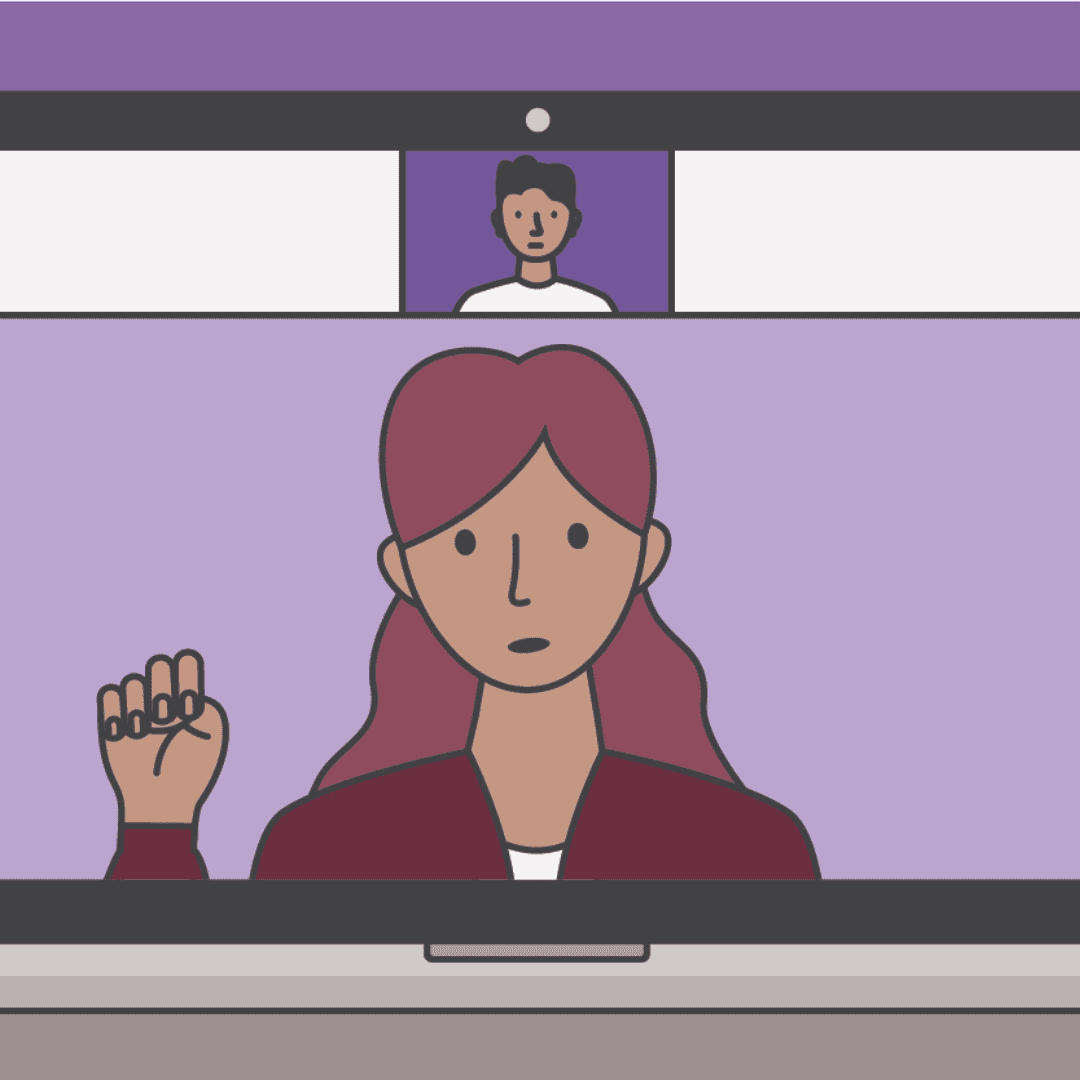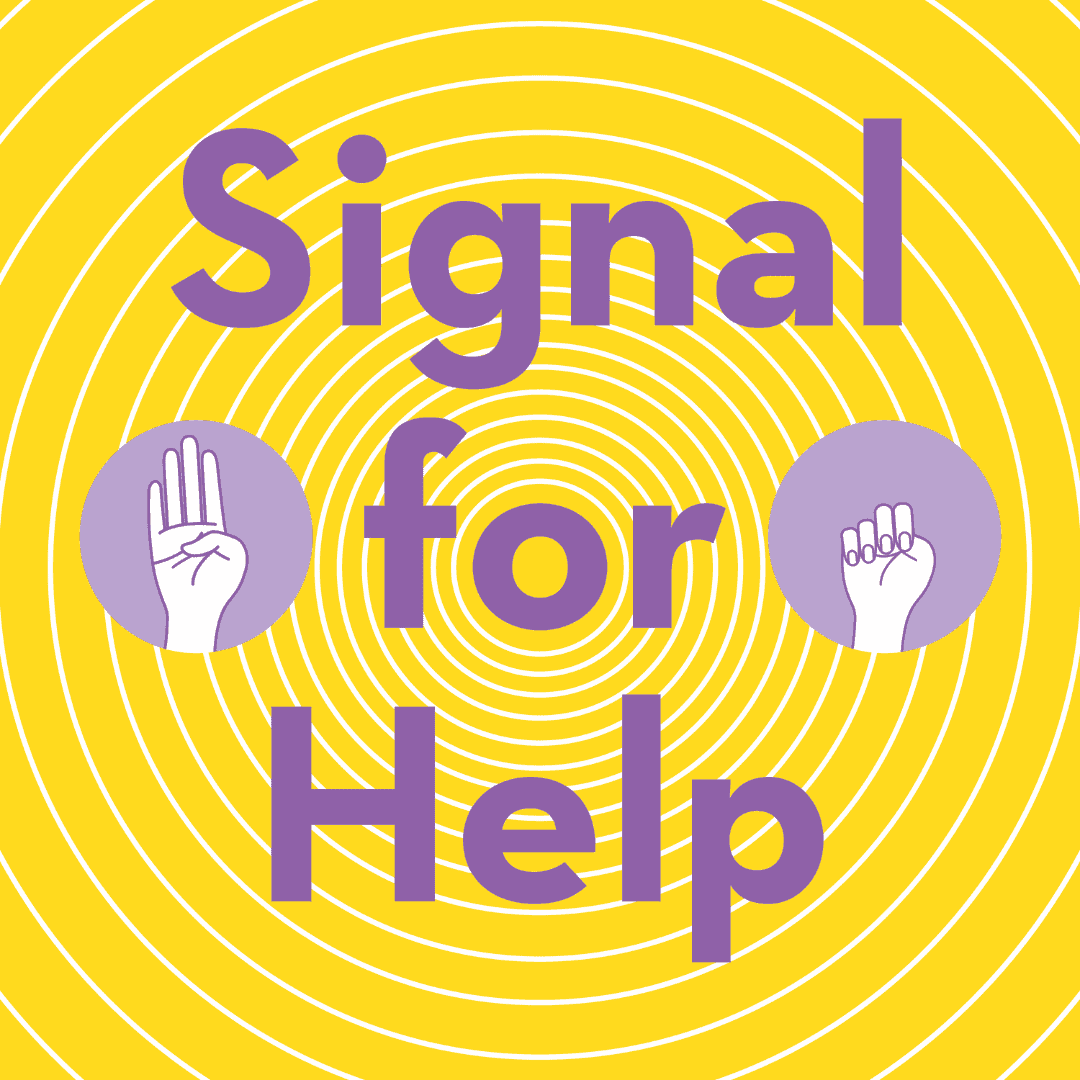Become a Signal For Help Responder
When you know how to respond to the signs of abuse, you can change the story
If someone in your life told you they were experiencing abuse, would you know how to help?
There’s a lot of stigma and silence around gender-based violence in our society: too many people who experience abuse are shamed, silenced, and stigmatized, and too many people don’t feel they have the confidence or knowledge to support them.
If you’d like to learn more about how you can support a friend, family member, or colleague who is experiencing abuse, here’s what you can do:




What is the Signal for Help?

If you see the Signal for Help:
1. Reach out to the person safely.
2. Be supportive: acknowledge their experience, listen, and let them tell you what they need.
3. Refer them to services or offer resources, as needed.
If you or someone you know is in immediate danger, call 911 or your local emergency services (police, fire, ambulance).
The Signal for Help is a powerful tool that can make a life-saving difference to those facing domestic violence or gender-based violence. This gesture acts as a discreet safety signal or emergency signal that can be used in various situations to indicate that someone should check in with you.
By spreading awareness of the Signal for Help and learning how to respond to it, we can all play a part in creating safer communities and supporting survivors. Together, we can change the culture around domestic violence, intimate partner violence, and gender-based violence.
You can take action by becoming a Signal for Help Responder and spreading the word about this safety signal through your social media channels, workplace and community groups.
Other FAQs
This project has been funded by Women and Gender Equality Canada.

YOU can make a difference. Give today to advance gender equality and justice.
The Signal for Help in Numbers
Learn More
Become a Signal for Help Responder at Work
Make your workplace a safe place for people experiencing abuse.
Become a Signal for Help Creator
Help shift the stigma around gender-based violence by telling stories that centre and support survivors.


